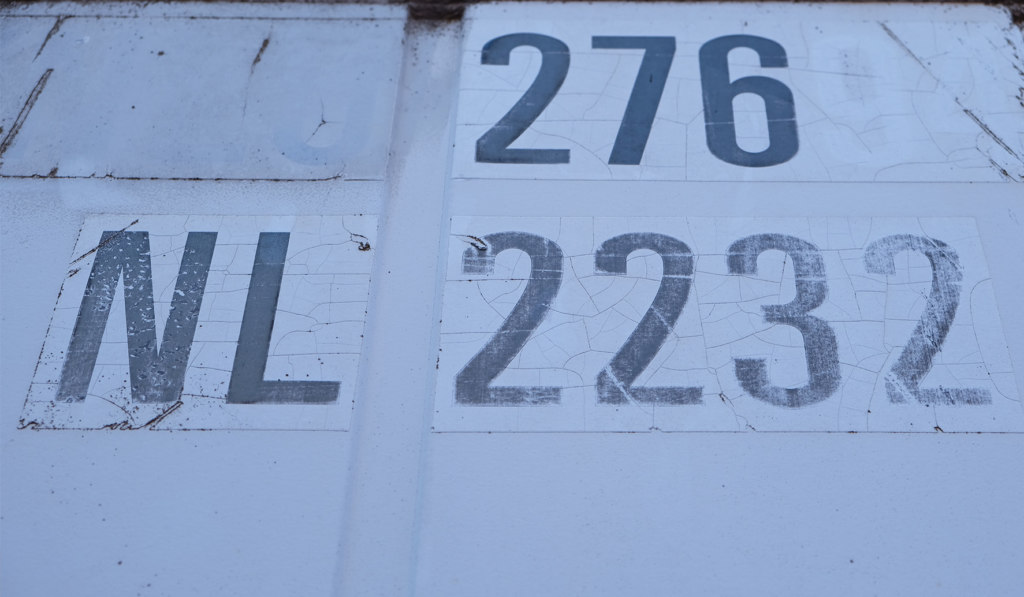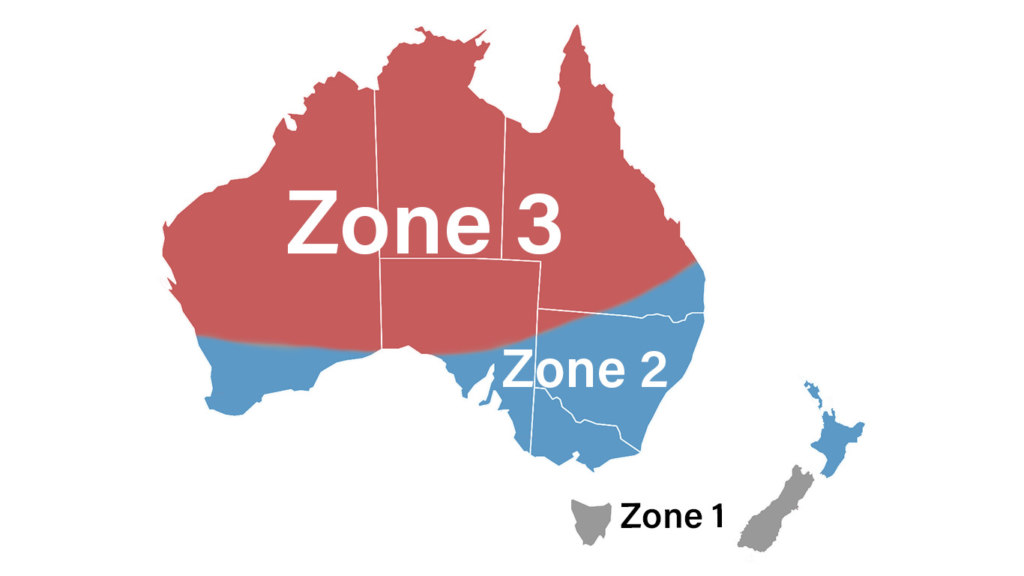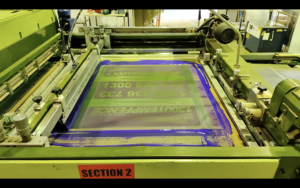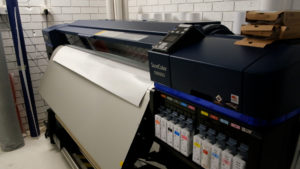Is your signage fading too quickly? In Australia, most signages tend to fade quicker because of the heat and UV radiation. You have probably seen faded signs on Australian roads or machines in the industrial areas; while some are still readable, others are not. This fading can be an issue especially when the information printed is crucial for safety and regulations
Signprint has been supplying signage nationally across Australia. We have faced this issue previously and know what precautions need to be taken to prevent the signage from fading. In this article we will discuss how to protect your signage from the Australian heat, this includes discussing the effects of weather and UV on the sticker, how the orientation of the sticker on the container exposes or protects the sticker from these conditions and finally the various methods and to prevent the stickers from fading.
How does UV light and signage position cause fading?
In Australia, the high heat and UV index are the main causes of signages fading
Effects of Ultraviolet Radiations
Exposure to UV radiation is one of the primary causes of signage fading. The ultraviolet rays break down the chemical bonds called chromophores, which are light-absorbing molecules that give the paint or any object its colour.
The breaking of these chromophores causes the surface or paint to lose its colour as it disrupts its ability to absorb light resulting in photo-degradation.
Signage orientation and Positioning
The orientation and position of the signage or sticker, when applied to a surface, influence how much UV radiation it is exposed to. A sticker or signage installed onto a surface that is exposed to the sun will fade faster than a sticker in the shade.
When a sticker is applied horizontal, facing upwards, it will be exposed to the sun throughout the day and will fade exponentially faster than a vertically applied sticker that only sees the sun during certain times of the day.
When applying stickers vertically it is best to face the north or south rather than west or east, stickers facing east to west are exposed to the sun throughout the whole day and hence will fade faster than a sticker facing north or south.
High elevated areas such as hills and mountains tend to have a thinner atmosphere and an increased UV effect. The thin air enhances the UV radiation strength.

How to prevent signage from fading?
Now that we understand how the ink on signages fades, we can take steps to prevent it and increase its lifespan.
- Choose a sticker material with high resistance and durability. Vinyl, polyester and polypropylene-based stickers are ideal choices as they all offer high resistance and durability.
- Laminating can add years to the sticker’s lifespan and is generally recommended for most outdoor signage. Lamination is the most effective way to protect stickers and increase their lifespan. Signprint offers laminations that increase the lifespan of the signage by 10+ years.
- Proper application and orientation of the sticker or signage, so it is not exposed to the sun. Place the signage vertically and cover or shade the sticker when possible.
- Most signage inks are UV resistant. The ink used in other types of prints, like office printers, is not as UV resistant as the ink used in signages.
- Printing method. Digitally printed CMYK prints tend to fade faster than screen-printed images. This is mostly due to the difference in the colour mixing process.
Signage lifespan in Australia and the effects of the Australian Sun
In Australia the temperature and UV index in certain locations and areas are exceptionally high, hence the location determines how fast the signage will fade or get damaged. Knowing the rate of degradation is ideal for planning so the signage lasts the intended period.

The UV index in each zone.
Australia is divided into three zones. Zone 1 has the least UV index while zone 3 has the highest, the states located in each zone are as below.
Zone 1: Tasmania and New Zealand (South Island)
Zone 2: Adelaide, Brisbane, Canberra, Esperance, Melbourne, New Zealand (North Island), Perth and Sydney
Zone 3: Alice Springs, Broken Hill, Broome, Cairns Carnarvon, Ceduna, Coffs, Harbour, Cook, Darwin, Dubbo, Geraldton, Kalgoorlie, Mackay, Mount Isa, Newman, Port Augusta, Port Hedland, Telfer, Townsville, most northern Australia, and the area above 1000m altitude.
Sticker lifespan in each zone
The effect of UV on the lifespan of the signage from different zones is as follows.
Zone 1: Vertically applied stickers or signage will last the intended duration. Horizontally they will lose half their lifespan.
Zone 2: Vertically applied stickers or signage loses 30% of Its intended lifespan while horizontally they will lose 50%.
Zone 3: Vertically applied stickers or signage will lose 40-50% of the lifespan while horizontally they lose 70% of their lifespan.
The lifespan and warranty provided by most manufacturers do not include the extreme UV conditions in northern areas. A sticker with a lifespan of seven years will last only three years in zone 3 when placed vertically after which the signage starts fading, hence it is best to take all the factors into account to make sure the sticker lasts the required duration.
The above data is taken from Avery Dennison Instructional Bulletin where you can read the full text.
Want our recommendation?
If you would like our recommendation or help regarding your signage or if you want to place an order for UV-resistant stickers and signage, then you can email or call us. The contact information is available on our contacts page.





